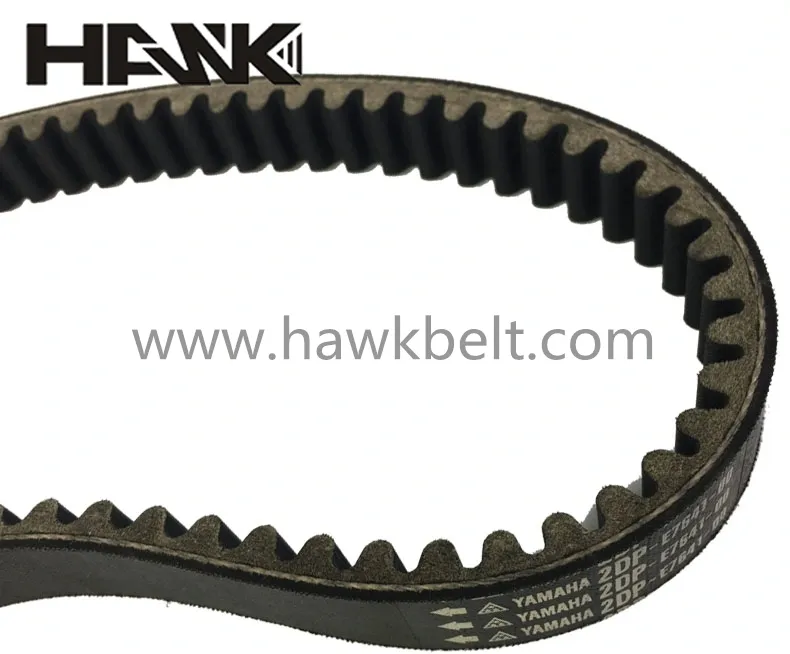- Arabic
- French
- Russian
- Spanish
- Portuguese
- Turkish
- Armenian
- English
- Albanian
- Amharic
- Azerbaijani
- Basque
- Belarusian
- Bengali
- Bosnian
- Bulgarian
- Catalan
- Cebuano
- Corsican
- Croatian
- Czech
- Danish
- Dutch
- Afrikaans
- Esperanto
- Estonian
- Finnish
- Frisian
- Galician
- Georgian
- German
- Greek
- Gujarati
- Haitian Creole
- hausa
- hawaiian
- Hebrew
- Hindi
- Miao
- Hungarian
- Icelandic
- igbo
- Indonesian
- irish
- Italian
- Japanese
- Javanese
- Kannada
- kazakh
- Khmer
- Rwandese
- Korean
- Kurdish
- Kyrgyz
- Lao
- Latin
- Latvian
- Lithuanian
- Luxembourgish
- Macedonian
- Malgashi
- Malay
- Malayalam
- Maltese
- Maori
- Marathi
- Mongolian
- Myanmar
- Nepali
- Norwegian
- Norwegian
- Occitan
- Pashto
- Persian
- Polish
- Punjabi
- Romanian
- Samoan
- Scottish Gaelic
- Serbian
- Sesotho
- Shona
- Sindhi
- Sinhala
- Slovak
- Slovenian
- Somali
- Sundanese
- Swahili
- Swedish
- Tagalog
- Tajik
- Tamil
- Tatar
- Telugu
- Thai
- Turkmen
- Ukrainian
- Urdu
- Uighur
- Uzbek
- Vietnamese
- Welsh
- Bantu
- Yiddish
- Yoruba
- Zulu
نوفمبر . 03, 2024 04:45 Back to list
automotive belts
Understanding Automotive Belts Vital Components for Vehicle Performance
Automotive belts play a crucial role in the functionality and performance of vehicles. These essential components are designed to transfer power from the engine to various systems within the car, ensuring that everything operates smoothly and efficiently. There are several types of automotive belts, each serving a distinct purpose, and understanding them is key for any vehicle owner.
Types of Automotive Belts
1. Serpentine Belts Perhaps the most common type found in modern vehicles, serpentine belts are long, continuous belts that drive multiple components, such as the alternator, power steering pump, water pump, and air conditioning compressor. The design of the serpentine belt allows for a more compact engine layout with fewer components than the older multi-belt systems. Regular inspection is essential, as any wear or damage can lead to the failure of multiple systems.
2. Timing Belts Timing belts are crucial for ensuring that the engine's crankshaft and camshaft rotate in harmony. This synchronized movement allows for the precise opening and closing of engine valves, which is vital for optimal engine performance. Timing belts are made of high-quality rubber and reinforced with materials like fiberglass or Kevlar for durability. Failure to replace a timing belt at the manufacturer-recommended intervals can result in catastrophic engine failure, making this one of the most critical maintenance tasks for vehicle owners.
3. V-Belts Used in older vehicle models, V-belts are a type of belt that has a cross-section shaped like a V. These belts are generally used to drive components such as alternators and water pumps. Although many modern vehicles have transitioned to serpentine belts, V-belts can still be found in certain applications. V-belts require specific tensioning to function properly, and any misalignment can lead to premature wear.
automotive belts

Importance of Regular Maintenance
Automotive belts are subject to wear and tear due to the constant friction and stress they endure while in operation. Factors like temperature fluctuations, oil exposure, and contaminants can contribute to their degradation over time. Consequently, regular maintenance and timely replacements are essential for vehicle reliability.
Vehicle manufacturers typically provide guidelines on when to inspect and replace belts. For serpentine and V-belts, visual inspections can reveal signs of cracking, fraying, or glazing—indicating that replacement is necessary. For timing belts, a more rigorous inspection process is advised, as the risks associated with belt failure are significantly higher.
Conclusion
In conclusion, automotive belts are integral to the proper functioning of a vehicle. Understanding the different types of belts, their functions, and the importance of regular maintenance can help vehicle owners take proactive measures to ensure their cars operate smoothly. Ignoring the maintenance of these components can lead to costly repairs and diminished vehicle performance. Whether you’re a car enthusiast or an everyday driver, staying informed about your vehicle's belts can extend its lifespan and enhance its reliability on the road. Regular checks and replacements, at the intervals suggested by the manufacturer, can save you from unexpected breakdowns and keep your vehicle running at its best.
-
Korean Auto Parts Timing Belt 24312-37500 For Hyundai/Kia
NewsMar.07,2025
-
7PK2300 90916-T2024 RIBBED BELT POLY V BELT PK BELT
NewsMar.07,2025
-
Chinese Auto Belt Factory 310-2M-22 For BMW/Mercedes-Benz
NewsMar.07,2025
-
Chinese Auto Belt Factory 310-2M-22 For BMW/Mercedes-Benz
NewsMar.07,2025
-
90916-02660 PK Belt 6PK1680 For Toyota
NewsMar.07,2025
-
drive belt serpentine belt
NewsMar.07,2025

